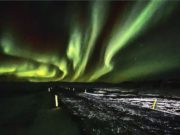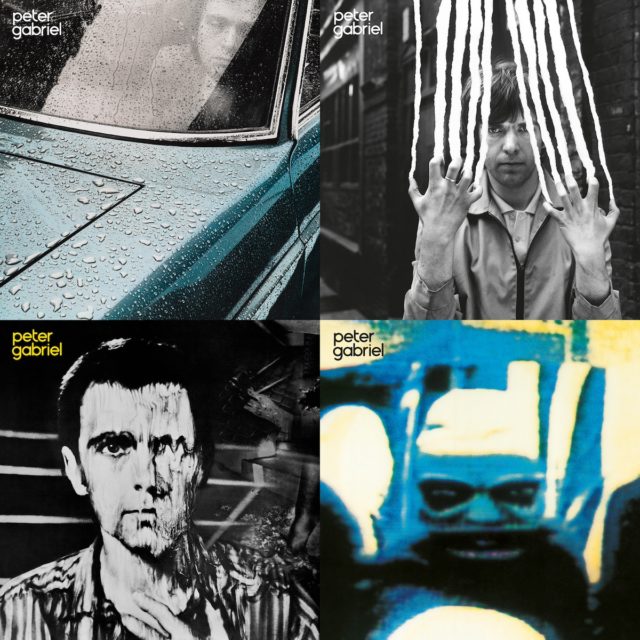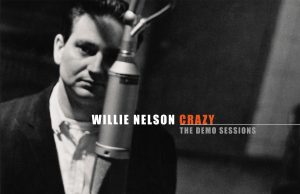 I recently did a Classic Album Review of Free‘s second album — their eponymous 1969 release. While writing the review, it occurred to me (as someone whose debut album in 2016 was just called Area Resident) that it seems odd somehow to have a self-titled record which isn’t your debut.
I recently did a Classic Album Review of Free‘s second album — their eponymous 1969 release. While writing the review, it occurred to me (as someone whose debut album in 2016 was just called Area Resident) that it seems odd somehow to have a self-titled record which isn’t your debut.
Like, shouldn’t you only be allowed to name your album after your band or your own name if it’s your first one? Seems like it should be a rule. But it seems for every band or artist who had an eponymous debut, there’s another who decided to do one later — sometimes much later.
Peter Gabriel, of course, broke the rules. He named his first four albums Peter Gabriel — the idea being that it would be like a magazine cover. It didn’t take long before fans and record store staff just gave the albums names anyway, to help differentiate them. In order, Car, Scratch, Melt and Security.
Weezer liked to screw around with eponymous titles as well. They have 15 albums — six of them are called Weezer and a seventh is called Van Weezer. Their debut is, in fact, one of those self-titled albums — commonly referred to as The Blue Album. But their third (Green Album), sixth (Red Album), tenth (White Album), twelfth (Teal Album) and thirteenth (Black Album) are also eponymous.
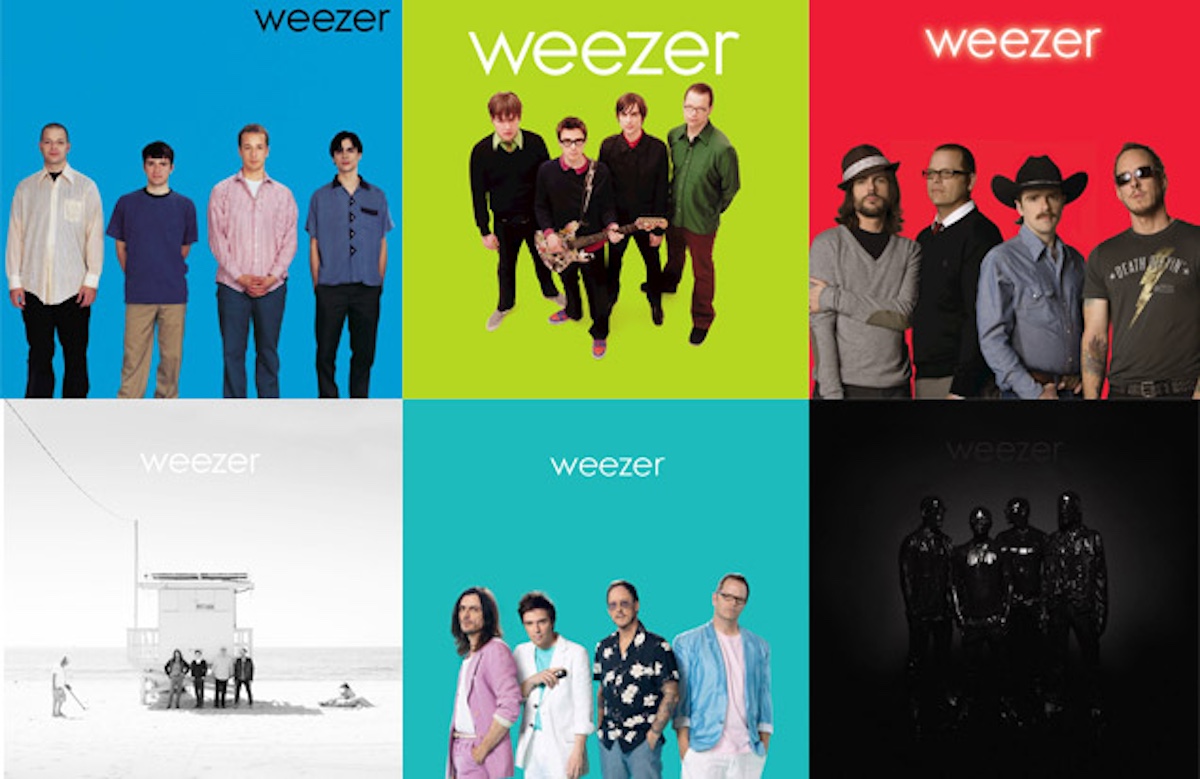
The Beatles made nine studio albums before they did an eponymous one. But nobody ever refers to 1968’s The Beatles as anything but The White Album.
Not sure if it counts, but Sebadoh chose to call their seventh album The Sebadoh. That’s almost eponymous. Those goofy dudes in R.E.M. have no eponymous album, but they do have one called Eponymous. It’s a great compilation, actually.
Blur’s fifth album was self-titled — and their best-selling one, to boot. That’s got nothing to do with the title and everything to do with hit track Song 2 and a stylistic change towards American indie-rock and away from the Britpop sound they were known for.
Another band with a non-debut eponymous album which ended up being their biggest-seller is Metallica. In kind of a flipside to The Beatles, most people refer to the 1991 release as The Black Album. The record included the enormous hit Enter Sandman as well as Nothing Else Matters, Sad But True and The Unforgiven. The album has sold more than 30 million copies. More than enough to give two copies to every person in Los Angeles.
Like Free, The Libertines chose to name their fraught second album after themselves in 2004 before breaking up for a decade.
Like Weezer and Peter Gabriel, Fleetwood Mac have multiple eponymous albums — seven years apart. The band’s 1968 debut is referred to equally as Peter Green’s Fleetwood Mac and simply Fleetwood Mac, while their 1975 album Fleetwood Mac is sometimes called The White Album (not by me). The only band members who are on both records, fittingly enough, are rhythm-section namesakes Mick Fleetwood and John McVie.
You could sort of say it’s a similar story with The Velvet Underground — their 1967 debut was called The Velvet Underground & Nico. Their third album, from 1969, was called simply The Velvet Underground.
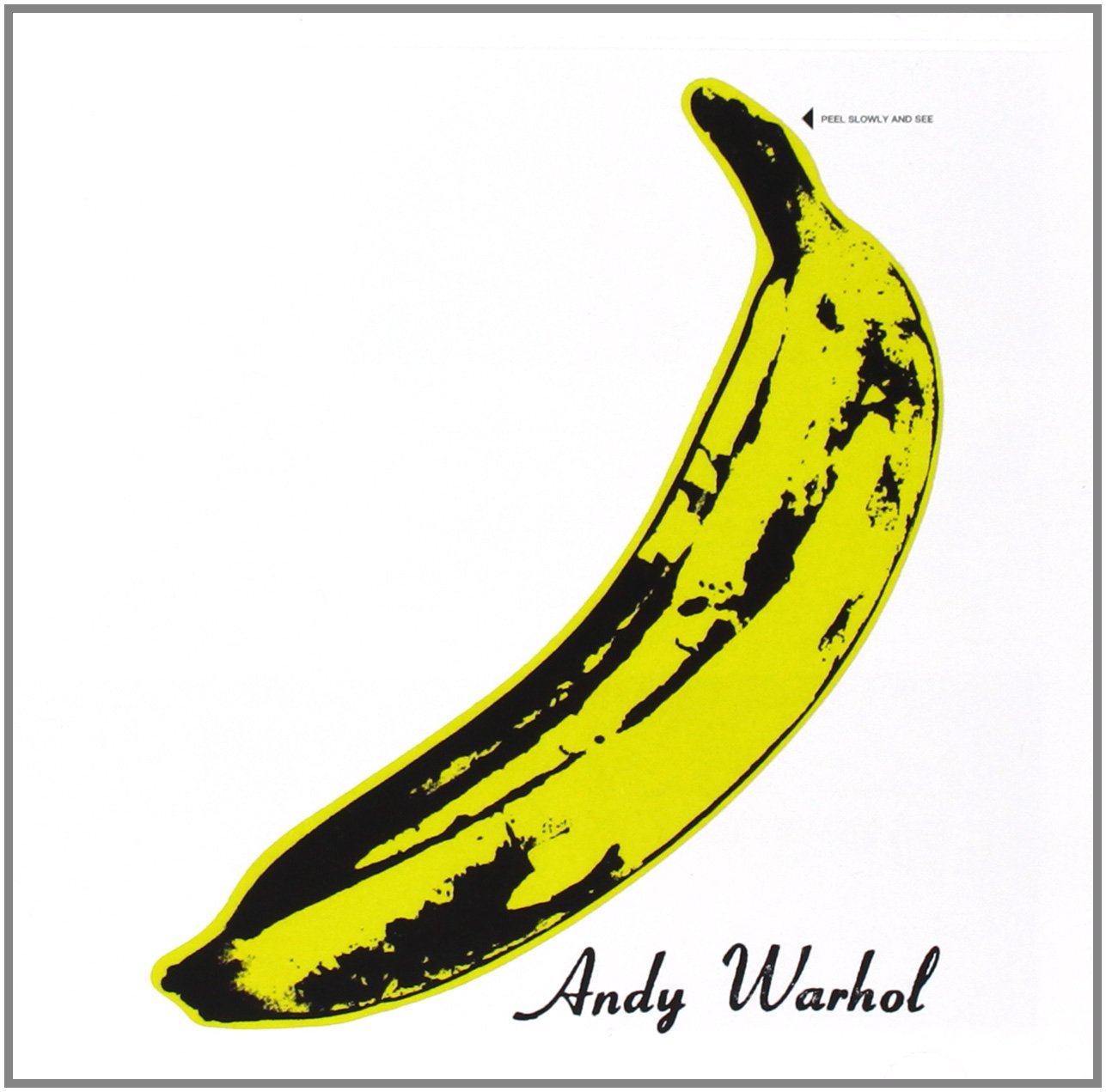
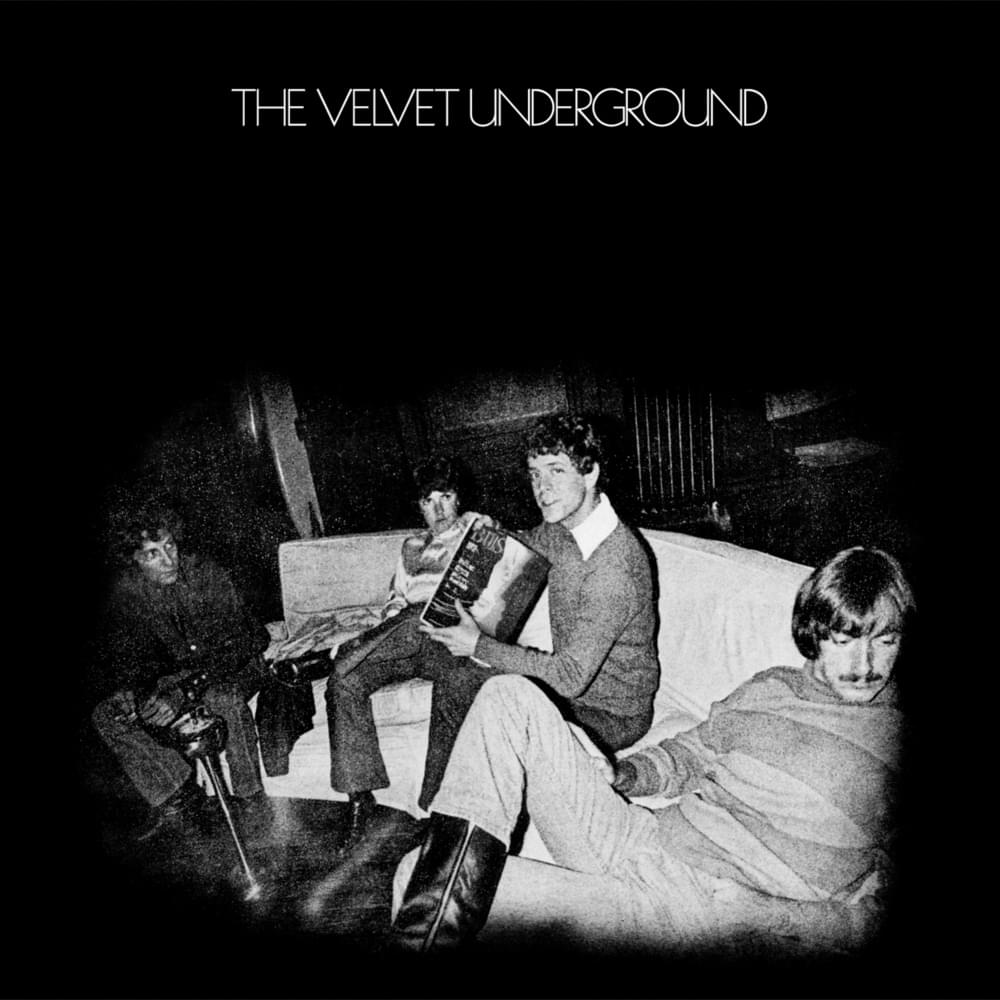
Beyoncé Knowles made her first solo album a year before her group Destiny’s Child put out their last studio album in 2004. But unlike the foursome, Queen Bey’s debut wasn’t self-titled — we’d have to wait until her fifth album for that. Incidentally, Beyoncé’s fifth album came right after one called 4.
Back to classic rock, Deep Purple’s third album — the last with the original lineup — has a dark Hieronymous Bosch cover. It’s also eponymous. Eponymous Bosch.
From the same era, those Canadians who mastered Americana — The Band — followed up their debut album Songs From Big Pink, with an eponymous one known to most as The Brown Album, and usually considered their best. Not only does it have The Night They Drove Old Dixie Down on it, but if Whispering Pines doesn’t haunt you forever, nothing will.
Elton John’s first album released in America was self-titled, but it wasn’t his first. A year before Elton John was released in 1970 with its stark cover and black gatefold sleeve, Reggie Dwight put out Empty Sky. He also had an album in the can — Regimental Sgt. Zippo — which was made even earlier but didn’t see the light of day until a few years ago for Record Store Day.
A decade later, Prince followed up his debut, 1978’s For You with his topless, eponymous sophomore album.
Another band with a 1978 debut album didn’t put their own self-titled album out until nearly a decade later. I remember wrestling with my emotions over Whitesnake’s 1987 album due to its lead single In The Still Of The Night, which seemed to be a ripoff of both Black Dog AND Kashmir. Heresy!
Finally, we’ll end (even though there’s loads more) with the non-debut eponymous album with the biggest hair ever: Heart’s 1985 monster album featuring the hits What About Love, These Dreams, Never and Nothin’ At All. Seems hard to believe their eighth album was their first self-titled one. I bought it when it came out, but it’s just too dated for me now.
• • •
Area Resident is an Ottawa-based journalist, recording artist, music collector and re-seller. Hear (and buy) his music on Bandcamp, email him HERE, follow him on Instagram and check him out on Discogs.













